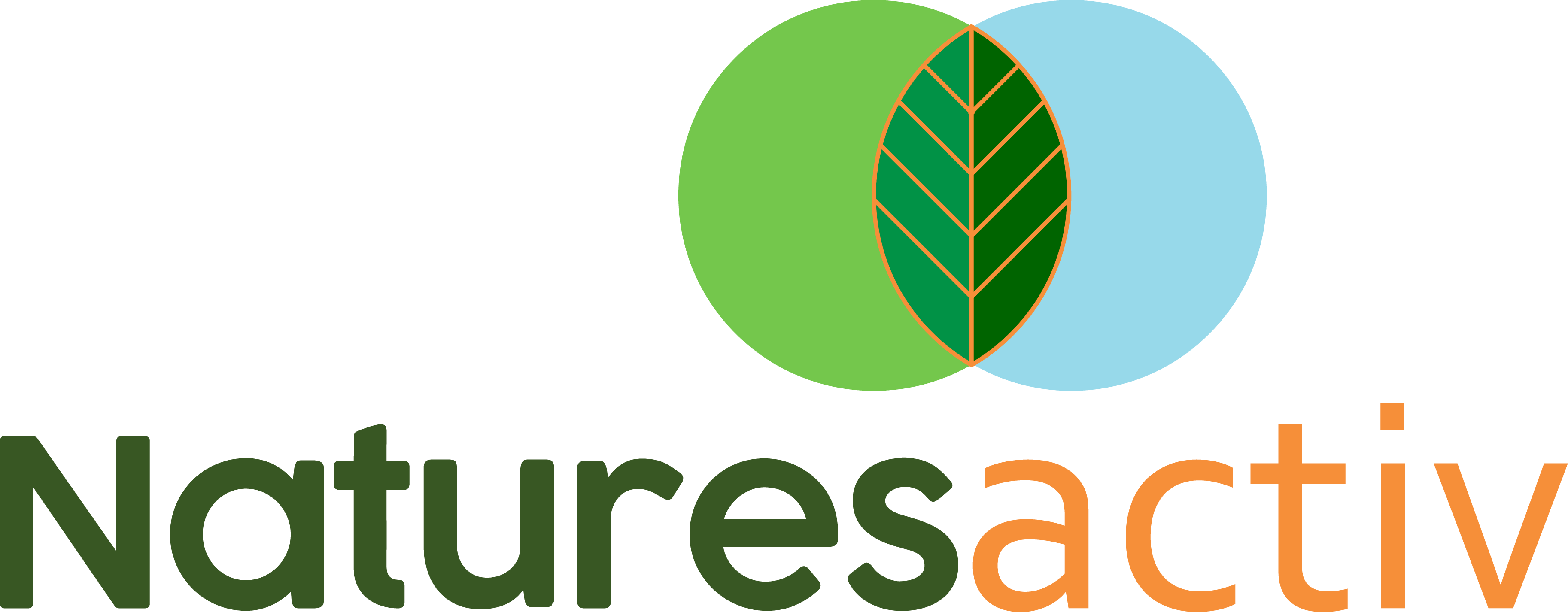1. Abstract
Shilajit a revered natural compound in Ayurvedic medicine, has garnered global attention for its adaptogenic and therapeutic properties. However, concerns regarding product authenticity, contamination, and substandard processing methods necessitate rigorous scrutiny. This review explores the essential parameters for sourcing safe and authentic Shilajit, including geographic origin, extraction techniques, purity testing, and regulatory standards. Emphasis is placed on best practices that ensure consumer safety and product efficacy. Establishing stringent quality controls and transparency in sourcing is crucial for maintaining the integrity of Shilajit as a reliable human nutraceutical.
2. Introduction
Shilajit is a mineral-rich resin formed by the slow decomposition of plant matter over centuries in high-altitude mountain ranges, primarily the Himalayas. It has long been used in Ayurvedic medicine for its adaptogenic, anti-inflammatory, and rejuvenating properties [1]. With increasing demand for nutraceuticals, ensuring the purity and authenticity of Shilajit has become a critical concern. Contamination, adulteration, and improper sourcing can compromise its health benefits and pose safety risks to consumers.
3. Composition and Mechanism of Action
Authentic Shilajit is a complex phytomineral compound composed of fulvic acid, humic substances, trace minerals, dibenzo-α-pyrones, and amino acids [2]. Fulvic acid, a primary bioactive component, enhances nutrient transport across cell membranes and possesses antioxidant and anti-inflammatory properties [3]. These constituents contribute to Shilajit’s potential roles in energy metabolism, immune modulation, and stress adaptation through modulation of mitochondrial function and free radical scavenging.
4. Clinical Benefits
When sourced and purified correctly, Shilajit exhibits a range of therapeutic properties [4][5]:
- Adaptogenic Support: Helps the body manage physical and psychological stress.
- Cognitive Health: Enhances memory and brain function.
- Anti-inflammatory Activity: Reduces inflammation at the cellular level.
- Reproductive Health: Improves sperm count and motility in males.
- Bone and Joint Support: May support bone density and joint flexibility.
5. Dosage & Administration
The recommended dosage of purified Shilajit resin for adults typically ranges from 300–500 mg per day, taken with warm water or milk. The dosage may vary based on the formulation (resin, capsule, powder) and individual health status. Clinical supervision is advised to personalize the regimen [6].
6. Safety & Considerations
Unprocessed or contaminated Shilajit may contain heavy metals, mycotoxins, and microbial contaminants, posing serious health risks [7]. Safety considerations include:
- Third-party laboratory testing for contaminants
- Non-solvent-based purification methods
- Proper packaging to avoid degradation
- Not recommended during pregnancy or lactation without medical advice
- May interact with medications for hypertension or diabetes
7. Discussion
The rise in global demand has led to a market proliferation of adulterated or counterfeit Shilajit products. Purity and authenticity are directly influenced by the geographic origin, method of extraction, and manufacturer transparency. Water-based extraction is preferred over solvent-based methods to preserve active compounds and avoid residual toxins [8]. Companies adhering to Good Manufacturing Practices (GMP), publishing certificates of analysis, and maintaining traceability from source to shelf are more likely to provide high-quality Shilajit.
8. Conclusion
Ensuring the safety and authenticity of Shilajit is not only a matter of product quality but also consumer health and brand integrity. Given the complexity of its composition and the potential for contamination, stringent sourcing protocols and purification methods are non-negotiable. Regulatory oversight, transparency, and scientific validation must be integral to all stages of Shilajit production. Consumers are encouraged to seek verified products with clear sourcing, laboratory testing, and regulatory compliance to harness the full benefits of this ancient adaptogen.
References
- Ghosal, S., Lal, J., & Singh, S.K. (1991). Shilajit I: Chemical constituents. Journal of Ethnopharmacology, 33(1-2), 1-13.
- Agarwal, S.P., Khanna, R., & Karmarkar, R. (2007). Shilajit: A Review. Phytotherapy Research, 21(5), 401–405.
- Pant, K., Kumar, D., & Kumar, S. (2012). Shilajit: A Humic Matter Panacea for Cancer. International Journal of Toxicological and Pharmacological Research, 4(2), 17–20.
- Carrasco-Gallardo, C., Guzmán, L., & Maccioni, R.B. (2012). Shilajit: A natural phytocomplex with potential procognitive activity. International Journal of Alzheimer’s Disease, 2012, Article ID 674142.
- Acharya, S.B., Frotan, M.H., Goel, R.K., & Tripathi, S.K. (1988). Pharmacological actions of Shilajit. Indian Journal of Experimental Biology, 26(10), 775–777.
- Jaiswal, A.K., Bhattacharya, S.K., & Acharya, S.B. (1992). An experimental study of antistress and adaptogenic effects of Shilajit. Indian Journal of Pharmacology, 24(1), 12-17.
- World Health Organization. (2007). Guidelines for assessing quality of herbal medicines with reference to contaminants and residues. Geneva.
- Bansal, V., Medhi, B., & Pandhi, P. (2006). Adulteration and substitution in Indian herbal drugs: An overview. Journal of Drug Research in Ayurvedic Sciences, 1(1), 9–16.
FDA Disclaimer
These statements have not been evaluated by the Food and Drug Administration. This product is not intended to diagnose, treat, cure, or prevent any disease. Naturesactiv™ does not provide any medical advice, diagnosis, or treatment. Always consult with a qualified healthcare professional before using any dietary supplement.


